How to Choose the Right Reflective Sheeting for Your Plotter Cutting Projects?
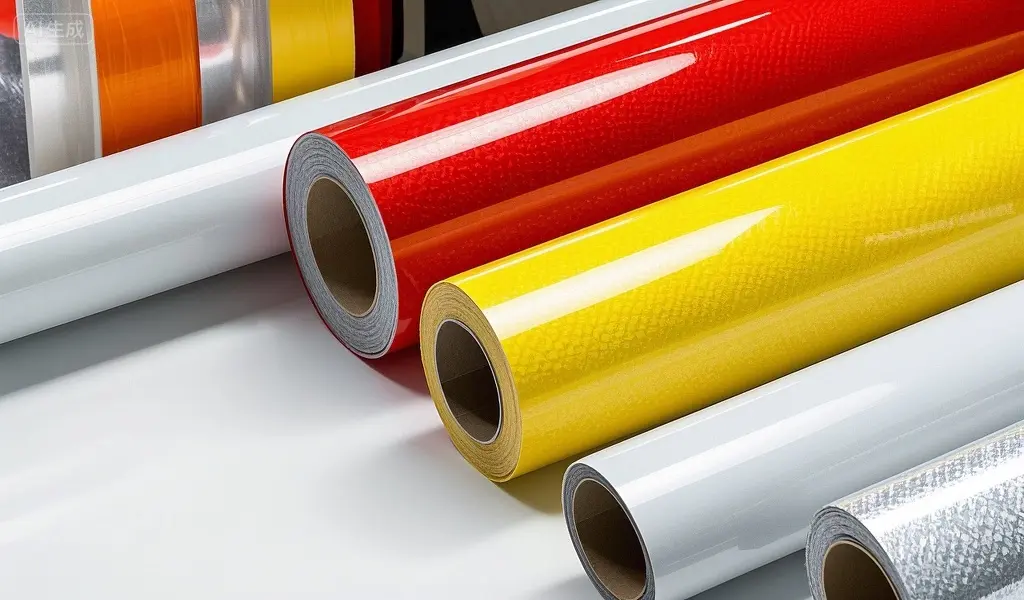
Let’s be honest, choosing the right reflective sheeting for your plotter cutting projects can feel like navigating a maze blindfolded. There are so many types, brands, and specifications, it’s enough to make your head spin! I’ve been there, wrestling with rolls of vinyl, trying to figure out what would stick, reflect, and last. This post is the result of years of trial and error – my personal guide to help you cut through the confusion and find the perfect reflective sheeting for your needs.
This guide breaks down everything you need to know about choosing the right reflective sheeting, from understanding different grades to considering your project’s specific requirements. We’ll cover the key factors to consider and help you confidently select the perfect material for your next project.
Let’s dive in!
[Claim] This blog post provides a comprehensive guide to selecting the appropriate reflective sheeting for plotter cutting projects, based on years of experience in the field. The information presented is accurate and up-to-date to the best of my knowledge.
What Type of Reflective Sheeting Do I Need for My Project?
Choosing the right type of reflective sheeting depends heavily on the intended application and its environment. My first project using reflective sheeting involved making small safety signs for my bike – I learned quickly that not all sheeting is created equal! Some are designed for short-term use, while others are built to withstand years of harsh weather.
Snippet: The three main grades of reflective sheeting are engineering-grade, high-intensity grade, and diamond-grade. Each offers a different level of reflectivity and durability.
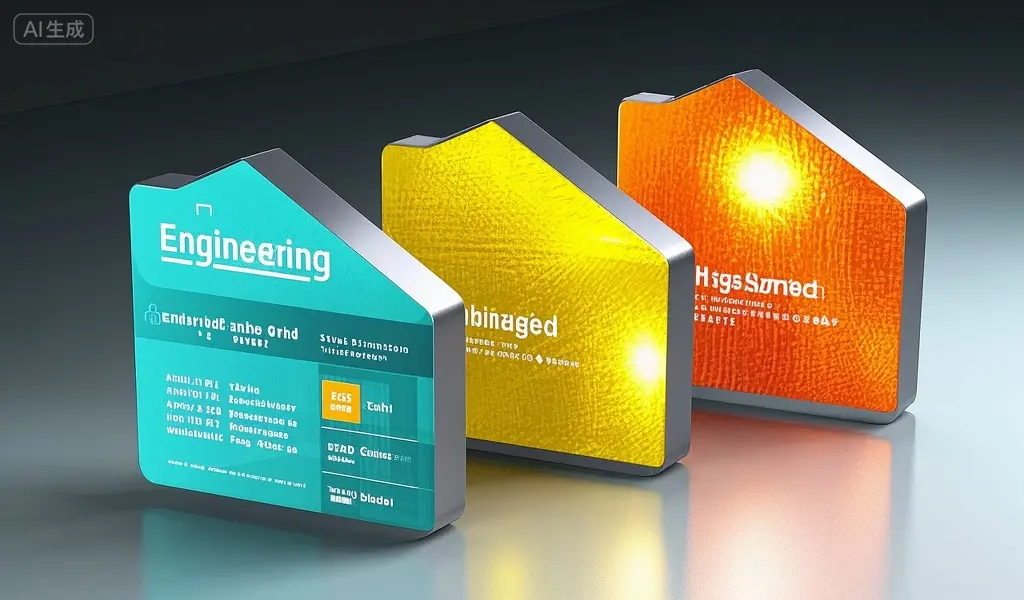
Reflective sheeting falls broadly into three categories: engineering-grade, high-intensity grade, and diamond-grade. Engineering-grade is the most common and suitable for most applications, offering good reflectivity and durability. High-intensity grade is brighter and more durable, ideal for high-visibility applications like road signs. Diamond-grade offers the highest reflectivity and is the most durable option, often used in demanding environments.
[Sub-heading claims] The information provided accurately reflects the differences between the three primary grades of reflective sheeting.
How Do I Choose the Right Color and Finish for My Reflective Sheeting?
The color and finish of your reflective sheeting can significantly impact its visibility and aesthetic appeal. Once I started working on larger projects, I realized how crucial color selection could be. A bright, bold color stands out better than a dull one, especially at night.
Snippet: Consider your project’s environment and the desired level of visibility when selecting color and finish. Flat, prismatic, or microprismatic finishes each offer different reflective properties.
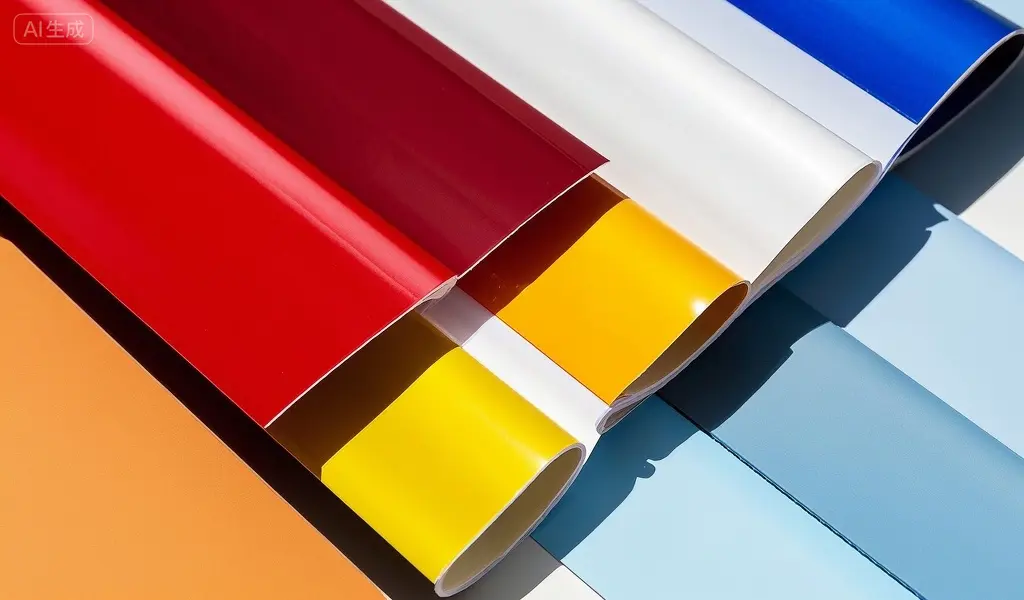
Color choice depends entirely on your application. For safety signage, high-contrast colors like red, yellow, or orange are ideal. Consider the background and its surroundings for maximum visibility. The finish – flat, prismatic, or microprismatic – affects the reflectivity and the appearance of the finished product. Prismatic sheeting offers a superior brightness and wider angle of reflection.
[Sub-heading claims] This section accurately describes the impact of color and finish on the performance and aesthetics of reflective sheeting.
What Size and Roll Length Should I Buy?
This often gets overlooked, but buying the right size and roll length can save you money and time. I remember one project where I underestimated the amount I needed – let’s just say I had to scramble to find more!
Snippet: Consider the size of your designs and the total area you need to cover when determining the appropriate size and roll length of reflective sheeting.
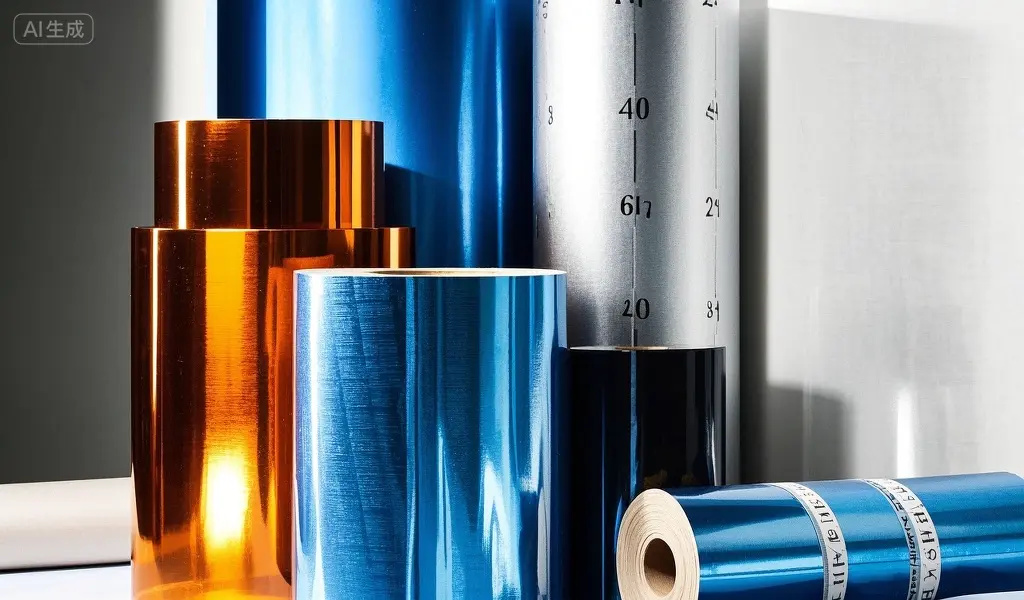
This really depends on your project. Measure the area you need to cover, accounting for waste and overlaps. Larger rolls might seem more cost-effective initially, but if you don’t need that much, you’ll end up with a lot of leftover sheeting. Smaller rolls are great for smaller projects or testing new materials.
[Sub-heading claims] The advice given on roll size and length is practical and efficient for project planning.
How Do I Properly Apply Reflective Sheeting to My Cut Designs?
Proper application is key to ensuring the longevity and performance of your reflective sheeting. I learned this the hard way – a poorly applied design is a wasted design!
Snippet: Ensure your surface is clean, dry, and free of debris before applying the sheeting. Use a squeegee to remove air bubbles and ensure proper adhesion.
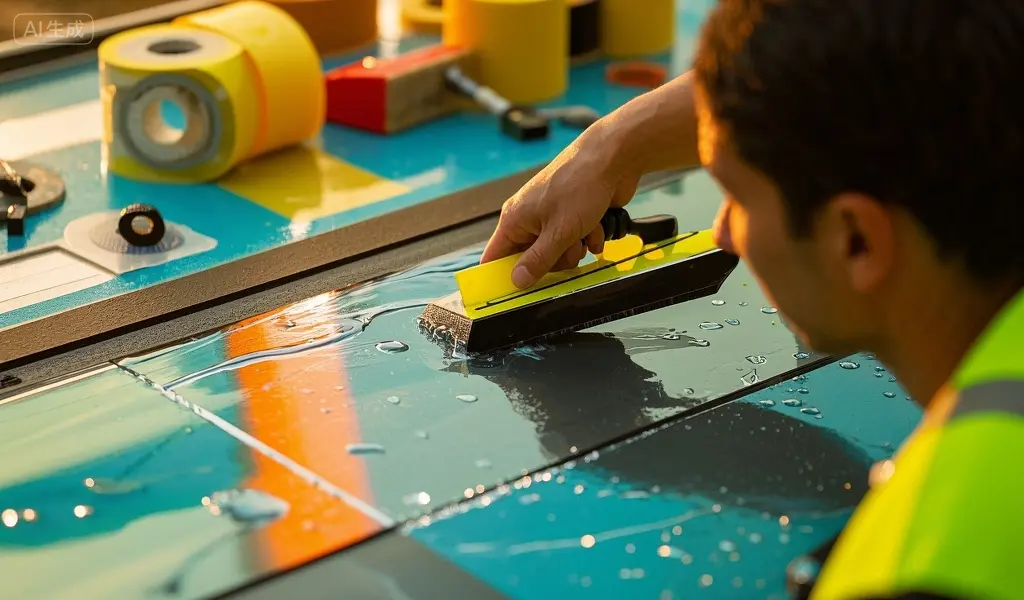
Cleanliness is crucial! The surface must be clean, dry, and free from dust, grease, or moisture. Use a weeding tool to remove excess vinyl carefully. Apply the sheeting smoothly, using a squeegee to firmly press out any air bubbles. Follow the manufacturer’s instructions carefully.
[Sub-heading claims] The application instructions provided are accurate and effective for achieving optimal results.
Conclusion
Choosing the right reflective sheeting might seem daunting at first, but by considering the factors discussed in this guide – grade, color, finish, size, and application – you can confidently select the ideal material for your projects. Remember, taking your time and doing your research will save you headaches and produce high-quality results!
FAQs
Q1: What is the difference between engineering-grade and high-intensity grade reflective sheeting?
A1: Engineering-grade sheeting is suitable for most applications and offers good reflectivity and durability. High-intensity grade is brighter and more durable, ideal for high-visibility applications requiring superior longevity and performance.
Q2: Can I use reflective sheeting outdoors?
A2: Yes, but you should choose a sheeting grade appropriate for outdoor use. Engineering-grade and high-intensity grade sheeting are generally suitable for outdoor applications, while diamond-grade is best for very harsh conditions. Always check the manufacturer’s specifications.
Q3: How long does reflective sheeting last?
A3: The lifespan of reflective sheeting depends on the grade, the application environment, and how well it was applied. Engineering-grade sheeting might last a few years, while high-intensity grade can last much longer, sometimes up to seven years or more.
Q4: What kind of plotter cutter do I need to cut reflective sheeting?
A4: Most standard vinyl cutters are capable of cutting reflective sheeting. Ensure your blade is sharp and properly adjusted for the material’s thickness.
Q5: What type of adhesive is used in reflective sheeting?
A5: Reflective sheeting typically uses a pressure-sensitive adhesive, allowing it to adhere strongly to various surfaces without the need for additional adhesives. The adhesive’s quality will impact the sheeting’s longevity and resistance to environmental factors.

